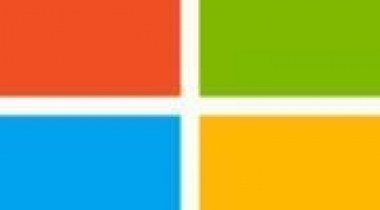TinyOS is an open source, BSD-licensed operating system designed for low-power wireless devices, such as those used in sensor networks, ubiquitous computing, personal area networks, smart buildings, and smart meters.
TinyOS
Customer Reviews
TinyOS Reviews
Victor C.
Advanced user of TinyOSWhat do you like best?
TinyOS is developed in the nesC language which is quite different from C. Instead of the traditional C application that has a main function from which the entire functionality develops, TinyOS applications are more similar to component-orientated systems.
An application is a collection of components that implement interfaces and are connected through those interfaces.
In this way TinyOS makes the developer more aware of the interaction between components (hardware and software) than if developing a sequential C application.
What do you dislike?
Development in TinyOS is difficult to grasp for someone schooled in C or Java, and for this reason it has lost momentum in favour of more traditional C-based real time OSs such as Contiki, Riot, etc.
Recommendations to others considering the product:
TinyOS is dated. It hasn't received any support for years now. The team that was maintaining TinyOS has now moved on to Tock OS, and Contiki OS is the preferred OS for embedded systems research nowadays.
What problems are you solving with the product? What benefits have you realized?
The main purpose of TinyOS is research and development of embedded systems applications. I have used TinyOS to develop Medium Access Control protocols, routing protocols, security protocols, power management algoirthms, and holistic security architectures for low power embedded devices.
I have also developed or contributed to the development of file system drivers.
I have implemented different types of applications, from multi-sensorial falls detection applications to an application that plays "Jingle bells".














